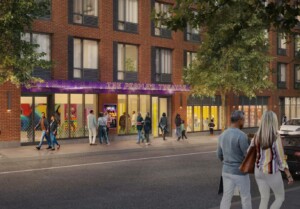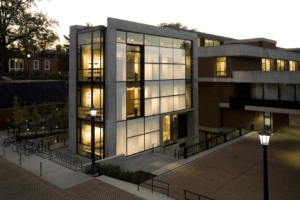Today the Regional Plan Association (RPA) announced the winners of an inaugural design competition that asked participants to envision a more resilient and equitable future for the tristate area.
The New York–based group, in collaboration with CUNY’s Catherine Seavitt and Princeton University’s Guy Nordenson and Paul Lewis, selected four teams to rethink the region’s approach to designing natural and artificial infrastructure.
Armed with $45,000 apiece from the Rockefeller Foundation, WORKac, PORT + RANGE, Only If + One Architecture, and Rafi Segal A+U will focus on the typology of the suburb, the forest, the city, and the coast, respectively. The teams, diverse but drawing heavily from MIT DUSP’s faculty rolls, will work with RPA’s team to refine their projects in advance of a June public presentation.
WORKac’s project will explore new modes of mixed-use development to address issues facing inner ring suburbs from White Plans and Port Chester, New York through Paterson, Montclair, Rahway and Perth Amboy, New Jersey. Meanwhile, PORT + RANGE’s focus extends from the Delaware River to northern Connecticut to engage the less populous—but crucially important—periphery. Designers at New York’s Only If will team up with Dutch spatial planning firm One Architecture to link the Bronx, Queens, and Brooklyn more effectively, while Rafi Segal and landscape architect Susannah Drake, together with with Sarah Williams, Brent Ryan and Greg Lindsay, will consider the coastal ecological infrastructure from Atlantic City to Montauk that mitigates potentially devastating impacts of sea level rise.
The designers’ schemes will inform RPA’s fourth regional plan, due out later this year.
“In the past three regional plans, design work was crucial to imagining the future of the region and to making that future legible through innovative representations,” said Lewis, associate dean of the Princeton University School of Architecture, in a prepared statement. “From Hugh Ferriss’s atmospheric renderings to Rai Okamoto’s access diagrams, RPA’s plans have provided unique opportunities for advancing design innovation in concert with visionary transformation of the region. The challenge to the four teams is to build upon that history and envision the future structured around a more expansive notion of ‘corridor,’ including transportation, ecology, access, and equity.”










